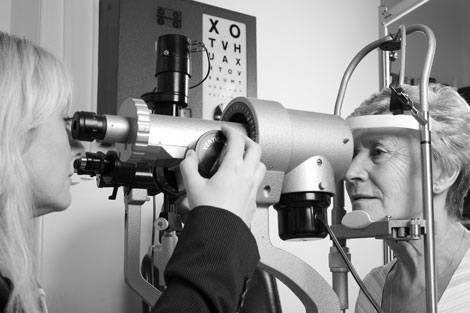Don’t hesitate; vaccinate
While getting vaccinated is important for people of all ages, it’s especially important for adults with heart disease. They are more likely to have serious complications from common diseases such as influenza (flu) or pneumonia that vaccination can help prevent.
Common diseases can become serious in adults with heart disease; they can even increase the risk of another heart attack. The protection that vaccines provide helps reduce these risks, and while adults may know they are at increased risk for a heart attack, they may not know they need vaccines throughout their lives to help protect them from serious illness.
Bill Zeigler, 70, didn’t realize he had coronary artery disease (CAD) until 2016, when he began to feel winded after regular exercise and went to his physician’s office for a stress test. It was there that he learned he had CAD, one of the most common forms of cardiovascular disease. After his diagnosis, he knew he had to make important lifestyle changes, including adopting a healthier diet and maintaining his exercise routine. And while Zeigler had stayed up-to-date with his flu vaccinations, his physician explained that getting these and catching up on his pneumococcal vaccinations was more important now than ever because of his diagnosis.
Vaccines are one of the safest and easiest ways to protect your health, even if you are taking prescription medications, say experts. Fortunately, getting a vaccination is easy — most doctors’ offices, health care centers and local pharmacies offer vaccines, and many are covered by health insurance.
If you have heart disease, the Centers for Disease Control and Prevention (CDC) recommends the following:
- An annual flu vaccine to protect against seasonal flu.
- Pneumococcal vaccine to protect against pneumococcal disease between the ages of 19 and 64. All adults will need additional doses once they turn 65.
- Td and Tdap vaccines to protect against tetanus, diphtheria, and pertussis (whooping cough.) Td is recommended every 10 years for all adults. Tdap vaccine adds protection against whooping cough. All adults need Tdap vaccine if they haven’t received a dose.
- Zoster vaccine to protect against shingles, if you are 60 years or older.
Your healthcare professional may recommend other vaccines as well, based on factors such as your job, lifestyle and travel habits. Be sure to ask what vaccines you need.
“If I were to give advice to anyone else with cardiovascular disease, I would tell them to make sure to follow all the instructions given to them by their physicians, including getting vaccinated,†says Zeigler. “I make sure to get my flu vaccine every year, and any other vaccines that I’m due for.â€
To learn more about recommended vaccines and find a location to get vaccinated near you, visit cdc.gov/vaccines/heart.
Getting vaccinated is an important step you can take to protect your health. Talk to your healthcare professional to make sure you have all the vaccines you need.
Source: StatePoint Media
